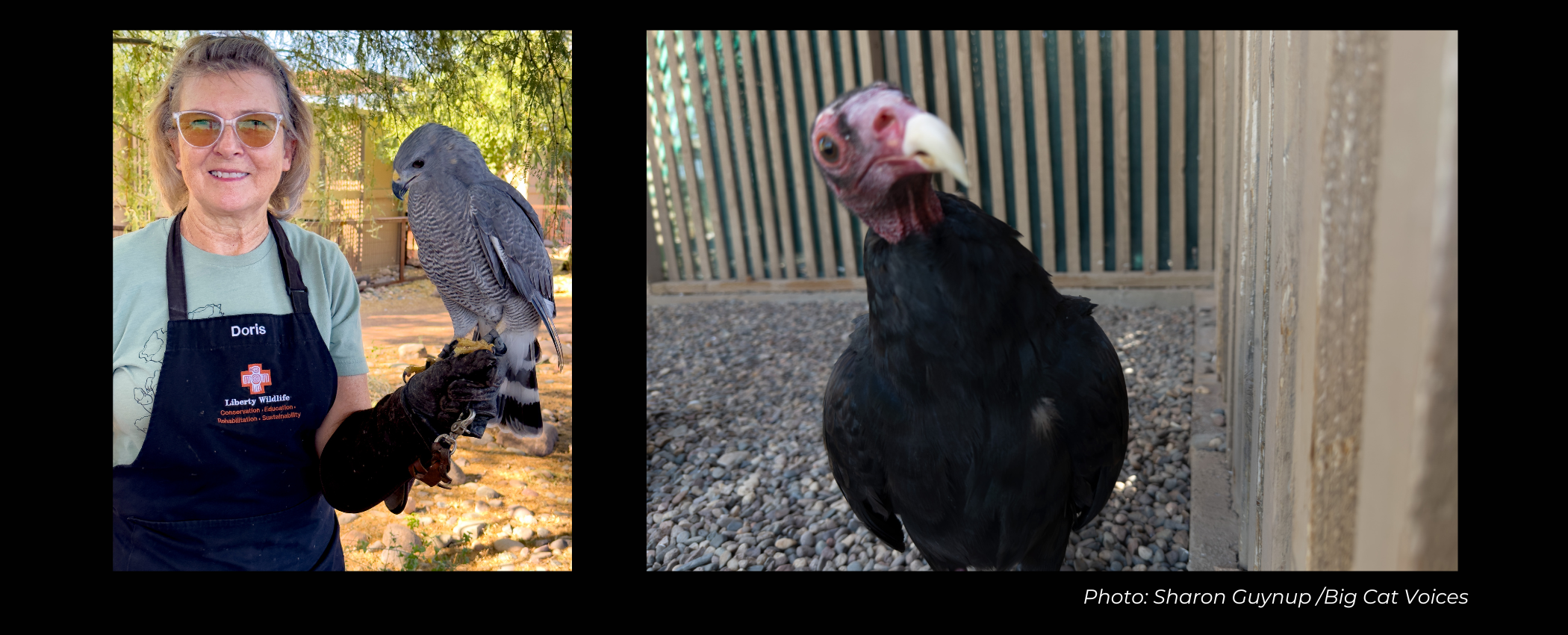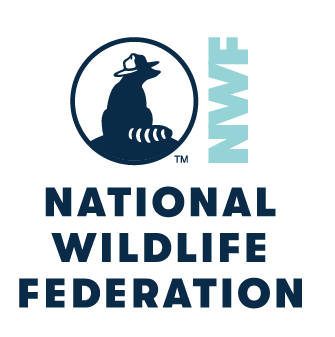
Photo: Sharon Guynup /Big Cat Voices
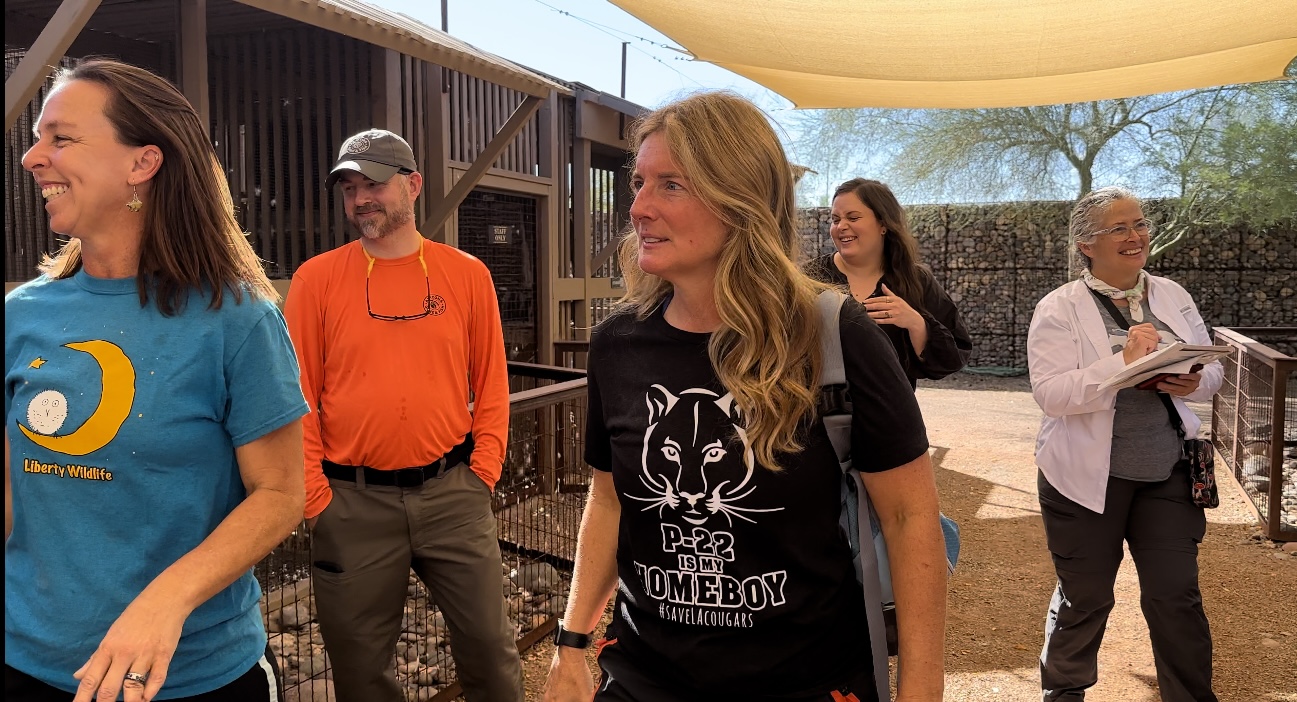
Photo: Sharon Guynup /Big Cat Voices
Left to right: Laura Hackett, Scott Sprague (Arizona Department of Game & Fish) Beth Pratt, Marta Brocki and Renee Callahan (both from ARC Solutions)
We ended up in Phoenix last night at 10:30 PM. Found a hotel (we’re winging it on accommodations: We couldn’t be 100% sure where we’d be at at the end of these long days, but Steve is king of finding hotels). We keeled over, and then it was morning. Loaded up our gazillion bags (we have tons of equipment) and were off by 7:15 in search of caffeine, then Google Maps guided us through an industrial park near the airport. I thought we were either lost or rerouting on some weird to avoid city traffic. It was not exactly the place you’d expect to find an oasis for wounded wildlife. But it was.
At Liberty Wildlife, we were met by biologist Laura Hackett. The facility takes in sick, injured and orphaned wildlife, she says. Their hospital treats birds, reptiles, mammals and amphibians. Some are hit-and-run victims. Interstate 10 and a web of smaller highways and local roads create a deadly obstacle course for animals on the move.
Whenever possible those animals are rehabilitated and set free. “The goal is to get them back out into the wild,” she says. “We have a release rate that is approaching 60%. That doesn’t sound amazing for a human hospital, but when you think about the size of these animals that are up against cars and trucks, it’s amazing, but if their injuries are too severe, they can stay here.” Each of the animals we were here for life.
Phoenix, a city of 1.6 million people, is home to a surprising amount of wildlife. The Rio Salado Restoration Habitat Area, a network of restored wetlands and riverbeds, have tallied 251 species of birds, including migrants passing through on their season flights north or south. Other residents––some charismatic, some not so much––include chuckwallas, coyotes, snakes, coatimundi, deer, black bears, raccoons, skunks and more.
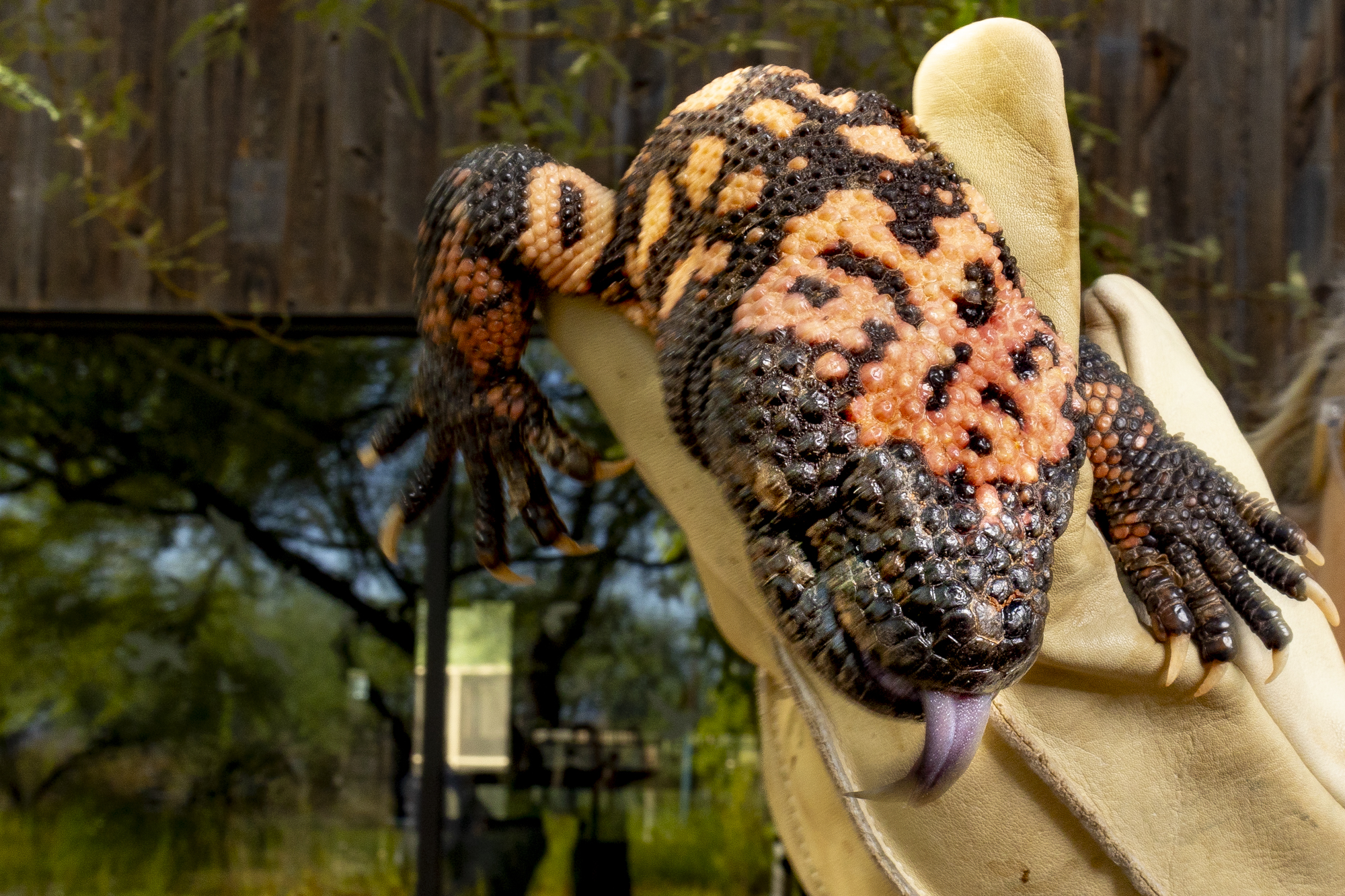
Photo: Steve Winter /Big Cat Voices
We went out back at Liberty to meet a few animals who were involved in road accidents. The large yard was surprisingly lush, an urban haven. A volunteer, Doris, appeared, carrying Rex, a Gila monster who is a long-term resident. In 2001, he was hit by a semi-truck and dragged down the road, injuring his tail. Though he recovered, he could never go home. Back then, reptiles who’d been in captivity couldn’t be set free for fear of infecting the wild population with some kind of disease. With updated regulations, there’s now a six- to eight-week window to rehab and release turtles and lizards.
Rex was big: these big, slow lizards can reach 22 inches, making them the largest in the U.S. Doris wore protective gloves: Gila monsters are venomous. They don’t use their venom to subdue their prey—it’s a self-defense weapon and they usually hiss or back away before biting. Rex licked the air with his long gray forked tongue, smelling us as we filmed and photographed him, and we maintained a healthy-ish distance.
It’s tragic that he’s spent his life in captivity. Gila monsters are endangered, running out of space as habitat disappears, diced by roads, farms and sprawl—and as poachers scoop them from the desert to sell them as high-priced exotic pets. Rex could have contributed to the gene pool—and had a normal lizard life.
Then another volunteer, Jan, brought out a crested caracara. Maya was quite large, though still a brown-and-cream-colored juvenile, not yet morphed into adult black-and-white plumage. She looked like a hawk, with sharp beak and talons, and a black cap which resembled a toupee. The caracaras are technically falcons—the largest, Jan says, but “there really isn’t a lot about them that is typical to a falcon.” They behave like vultures, often eating carrion. “This is problematic when there’s a lot of roadkill on the roads. Sometimes they get hit,” says TK, a biologist with Arizona Game & Fish.”
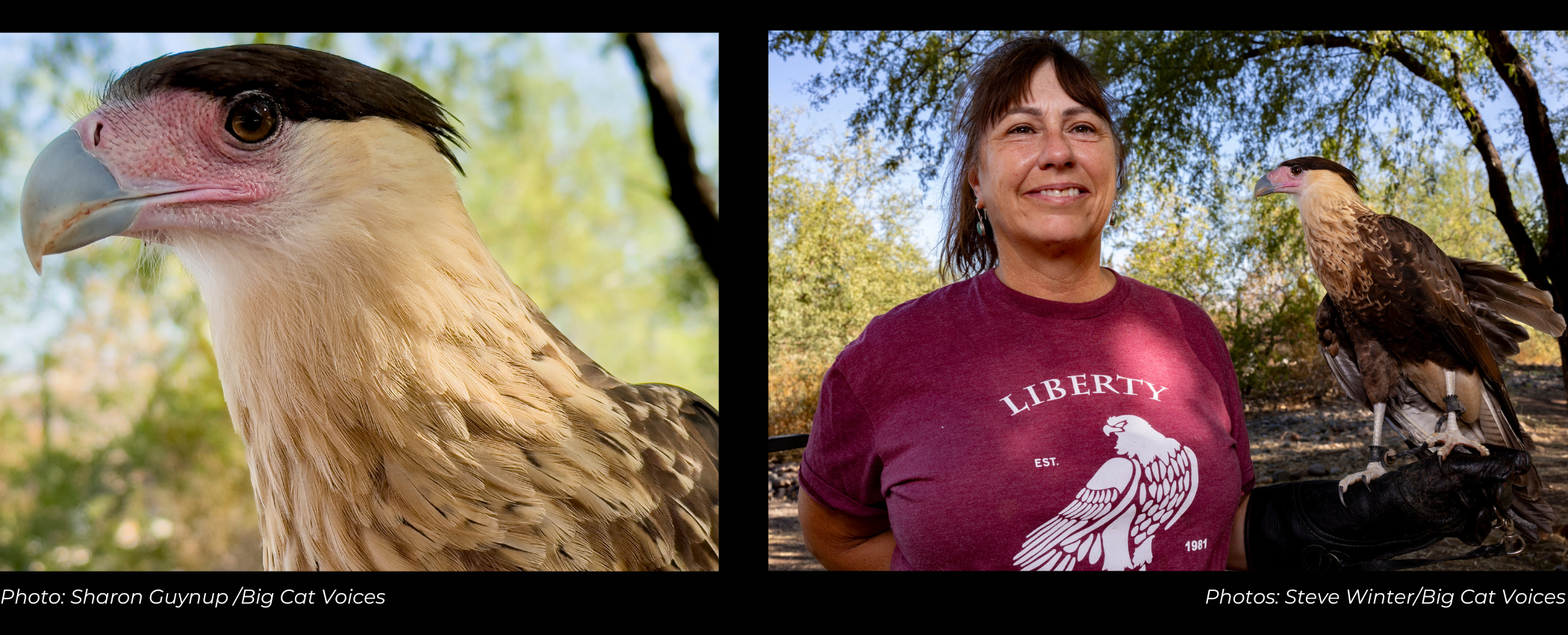
As a young bird, Maya was found on the side of a road with two broken bones in her wing. One was too close to the joint to repair with pins, an injured wing, severely broken in two places, one close to the joint. She’s healed, but the damage prevents her release. She’s still not completely used to humans. As Jan told us her story, her beak paled from red to pale pink––an emotional reaction to our presence.
Then we saw Zelda, a grey hawk, hatched earlier this year. She, too, was in a car accident––and suffered a head injury.
Next was Tucker, a great horned owl also struck by a car. They’re crepuscular, so hard to see as they hunt at dusk and dawn. The people knew that they’d hit something but didn’t see anything lying in the road. They went home. They were horrified to discover the next morning that he’d been stuck in the grill of their car overnight and they called Liberty. “Our team went to their house and had to actually dismantle the grill to get him out,” Jan says. He had wing fractures and head trauma.
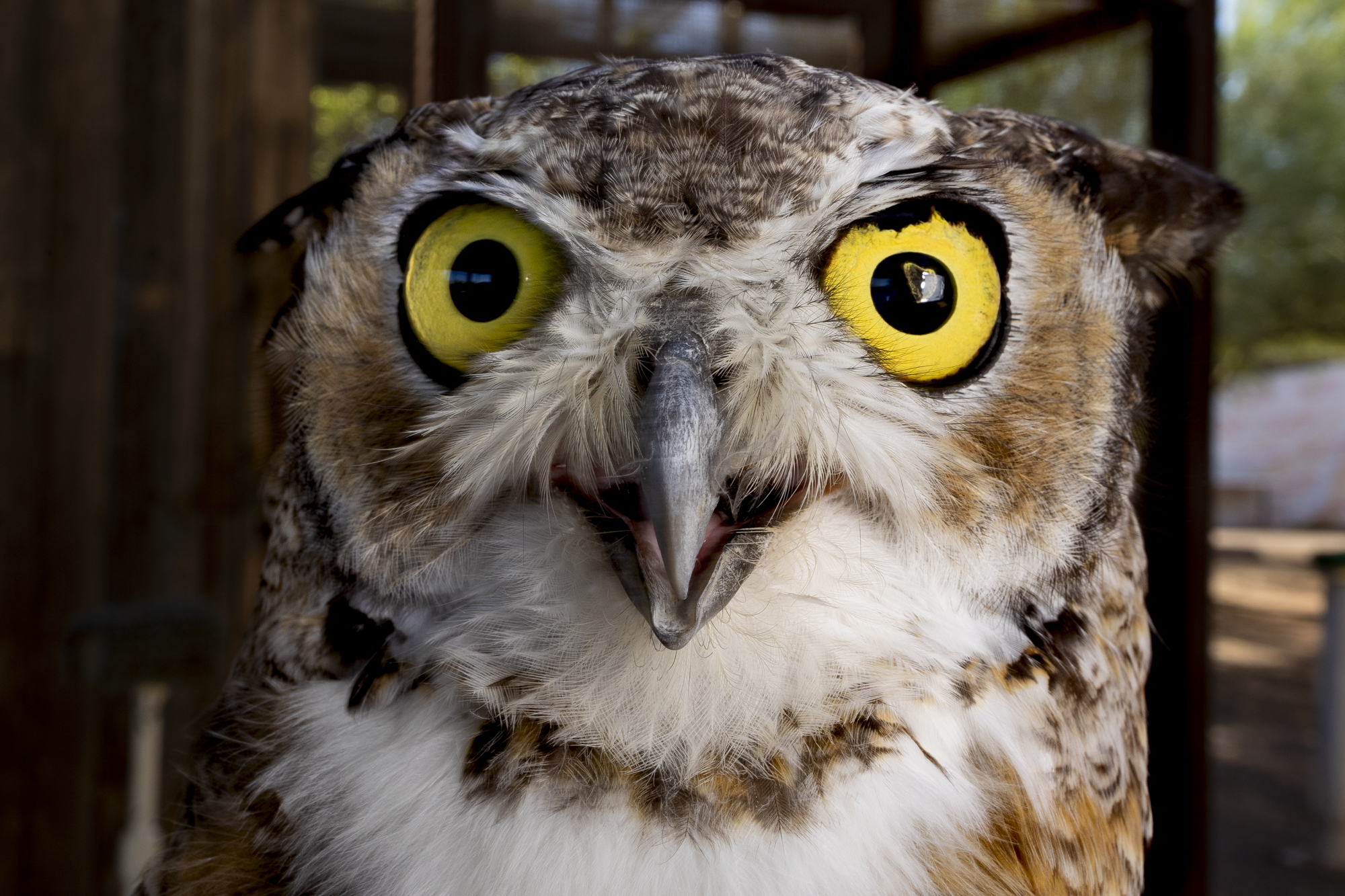 Photo: Steve Winter /Big Cat Voices
Photo: Steve Winter /Big Cat Voices
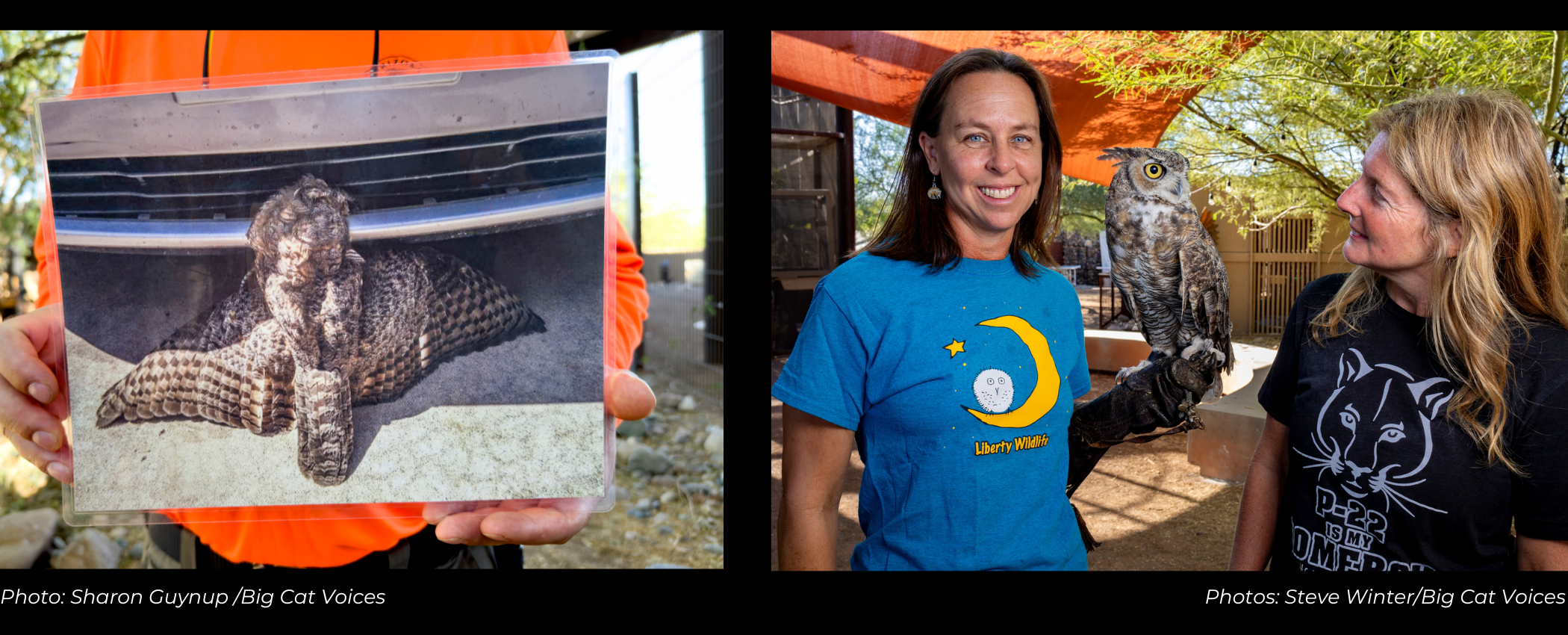
On our last stop, we see a few turkey vultures, including a male named Bryce.
